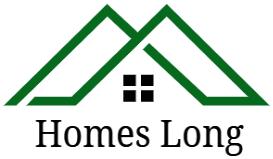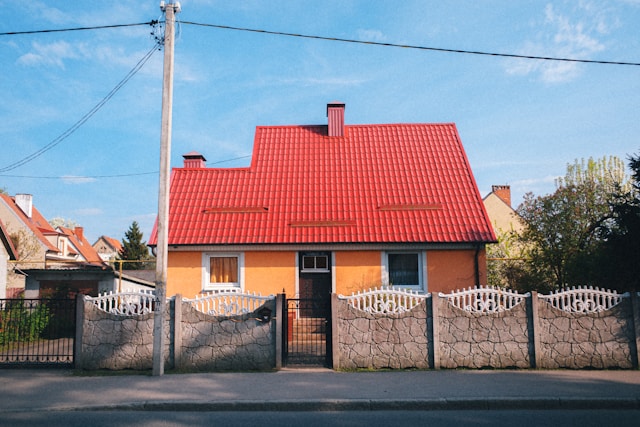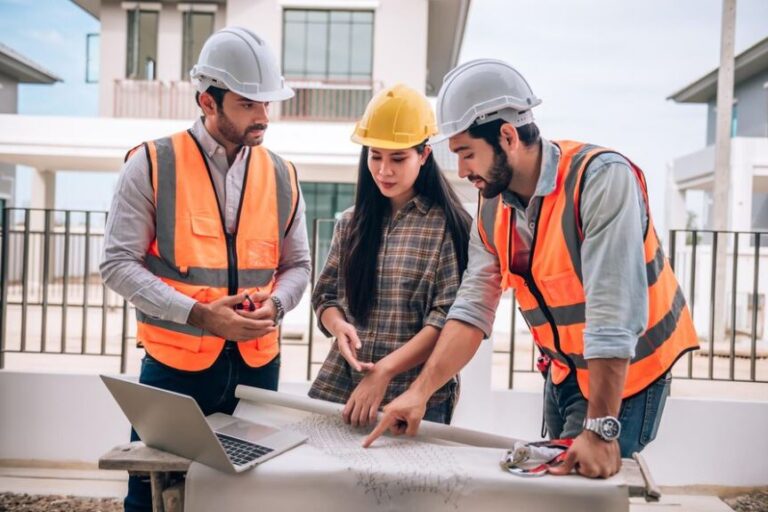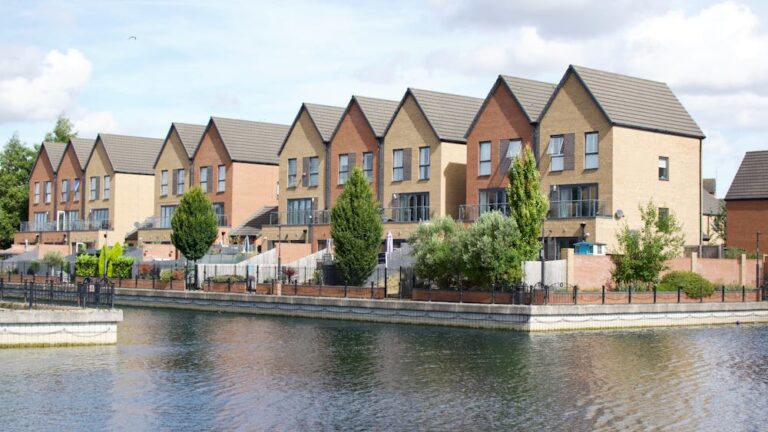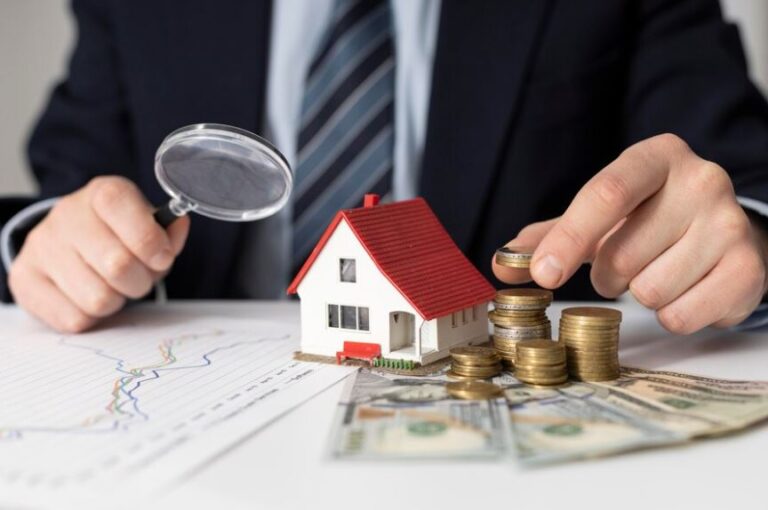The value of a home is not only tied to location, economic shifts, or real estate trends—it is also deeply shaped by the structural decisions made during its construction and throughout its maintenance. Families often hope to pass property down to the next generation, making long-term durability and sustainability essential.
In places, where properties are often viewed as long-term investments, these structural choices carry even more weight. The design, choice of materials, and upkeep of certain structural elements determine whether a home continues to appreciate or quietly loses its worth. From the roof to the foundation, every decision creates ripple effects that influence generational value.
Roof Integrity and Long-Term Worth
A roof is one of the most visible and protective components of a house. It shields everything beneath it from the elements, safeguards the structural frame, and influences curb appeal. A well-constructed roof not only enhances safety but also reduces long-term maintenance costs. For families intending to preserve homes for future generations, roof quality is one of the most critical factors.
Generally, roof repair in Brentwood isn’t that expensive if you manage to get an assessment, but costs vary depending on the materials and timing. More importantly, regular inspections help identify small issues before they escalate into significant problems, which can compromise insulation, allow water intrusion, or weaken supporting structures. Since the area itself is prone to winds and frequent rains, high-quality roofing materials like slate, metal, or premium shingles have lifespans measured in decades, offering not only protection but a stable foundation for maintaining a property’s resale and inheritance value.
Foundation Stability as a Multigenerational Guarantee
A home’s foundation holds the strength and stability needed to support families for generations. When a foundation is solid and built with proper drainage systems, reinforced concrete, and well-engineered supports, it offers durability across decades. Poor soil management, inadequate reinforcements, or neglected maintenance often lead to settling, cracks, and water seepage. Such problems can weaken the structure permanently and put the long-term value of the home at risk.
Investing in a reinforced foundation with moisture barriers and grading adjustments creates a level of assurance that families will not face expensive overhauls.
Windows and Doors as Value Retainers
Windows and doors might seem like aesthetic features, but they carry both structural and functional significance. Quality framing materials, reinforced locks, and energy-efficient glass help retain heat, reduce energy consumption, and safeguard the home against external elements. These factors contribute to lower utility bills, which accumulate into long-term cost savings across generations.
Moreover, double-paned or triple-paned windows offer insulation benefits that directly influence comfort.
Flooring and Structural Layers Beneath
Flooring decisions impact both the immediate functionality of a home and its longevity. Well-kept hardwood floors can serve families for decades, gaining charm with age instead of wearing out. In contrast, low-grade materials often require replacement within years, adding to recurring costs.
Equally important are the subflooring and joists beneath visible flooring. The hidden layers beneath the floor decide if it stays firm, quiet, and safe over many years.
Insulation and Energy Efficiency as Modern Essentials
While insulation is not always visible, its impact on generational home value is undeniable. High-quality insulation regulates temperature, reduces reliance on heating and cooling systems, and minimizes structural strain from moisture and condensation. When insulation is upgraded with modern materials such as spray foam or cellulose, families enjoy long-term benefits that extend beyond comfort—they gain reduced maintenance costs and improved energy ratings.
For future generations, inheriting a home that already meets or exceeds energy standards ensures fewer retrofitting expenses.
Plumbing and Piping Systems with Lasting Relevance
Plumbing infrastructure is another hidden but vital structural factor. Outdated materials such as galvanized steel often corrode, causing leaks, water contamination, and expensive repairs. Replacing them with modern options like copper or PEX tubing not only ensures reliability but also improves water efficiency.
The long-term benefit lies in reduced maintenance cycles and fewer emergencies. A well-maintained plumbing system prevents water damage to other structures such as walls, floors, and foundations, protecting the overall value of the home.
Electrical Framework and Safety Standards
The electrical system is a silent lifeline for every home. When constructed with future adaptability in mind—ample capacity, modern circuit breakers, and code-compliant wiring—it serves generations without posing safety risks. Homes with outdated wiring or insufficient capacity for modern appliances quickly become liabilities.
Generational value is secured when electrical systems are updated to meet present and foreseeable needs.
Exterior Walls and Cladding as Protective Barriers
Exterior walls do more than shape the visual identity of a house. They protect against weather conditions, preserve insulation, and support the home’s framework. Choices in materials—from brick and stone to fiber cement and engineered wood—determine how well a property withstands environmental stress.
Durable cladding reduces maintenance, prevents moisture intrusion, and keeps pests at bay. When these systems are well-installed and periodically updated, they extend the life of the home.
Attic and Basement Utility in Value Preservation
Attics and basements often serve as overlooked spaces, yet they significantly affect generational value. A well-insulated attic prevents heat loss and reduces strain on heating systems. A properly waterproofed basement adds livable or storage space without exposing the foundation to water damage.
Generational families often repurpose these spaces to meet changing needs, whether as storage, additional rooms, or recreational areas.
Ventilation Systems and Indoor Air Quality
Good ventilation plays a key role in keeping a home healthy and comfortable to live in. Structural investments in air ducts, vents, and circulation systems keep moisture levels stable, prevent mold growth, and improve air quality. Homes designed with proper ventilation retain structural integrity longer because reduced moisture exposure limits damage to wood, drywall, and insulation.
For multigenerational ownership, this ensures not only healthier living conditions but also fewer repairs tied to mold remediation or hidden decay.
Landscaping and Drainage as Structural Safeguards
Though landscaping may seem aesthetic, it has structural implications. Correct ground leveling guides water away from the foundation, protecting it from erosion and basement leaks. Retaining walls, strategically planted trees, and durable paving create a protective balance between the home and its environment.
Generationally, landscaping that supports drainage reduces long-term repair risks. Families inheriting such properties benefit from reduced maintenance costs while enjoying visually appealing exteriors that also protect structural assets.
Long-Term Maintenance as a Structural Philosophy
Finally, the philosophy behind structural choices plays a decisive role. A home designed and maintained with preventive care in mind will always hold greater generational value than one left vulnerable to neglect. Small investments in inspections, timely repairs, and quality upgrades compound into decades of preserved worth.
Structural decisions extend far beyond immediate convenience or design trends. They carve pathways for how homes age, how they protect their occupants, and how they retain or increase their worth across generations. From the roof overhead to the foundation beneath, every element plays a part in shaping not only the property’s market value but also its emotional and financial legacy.
